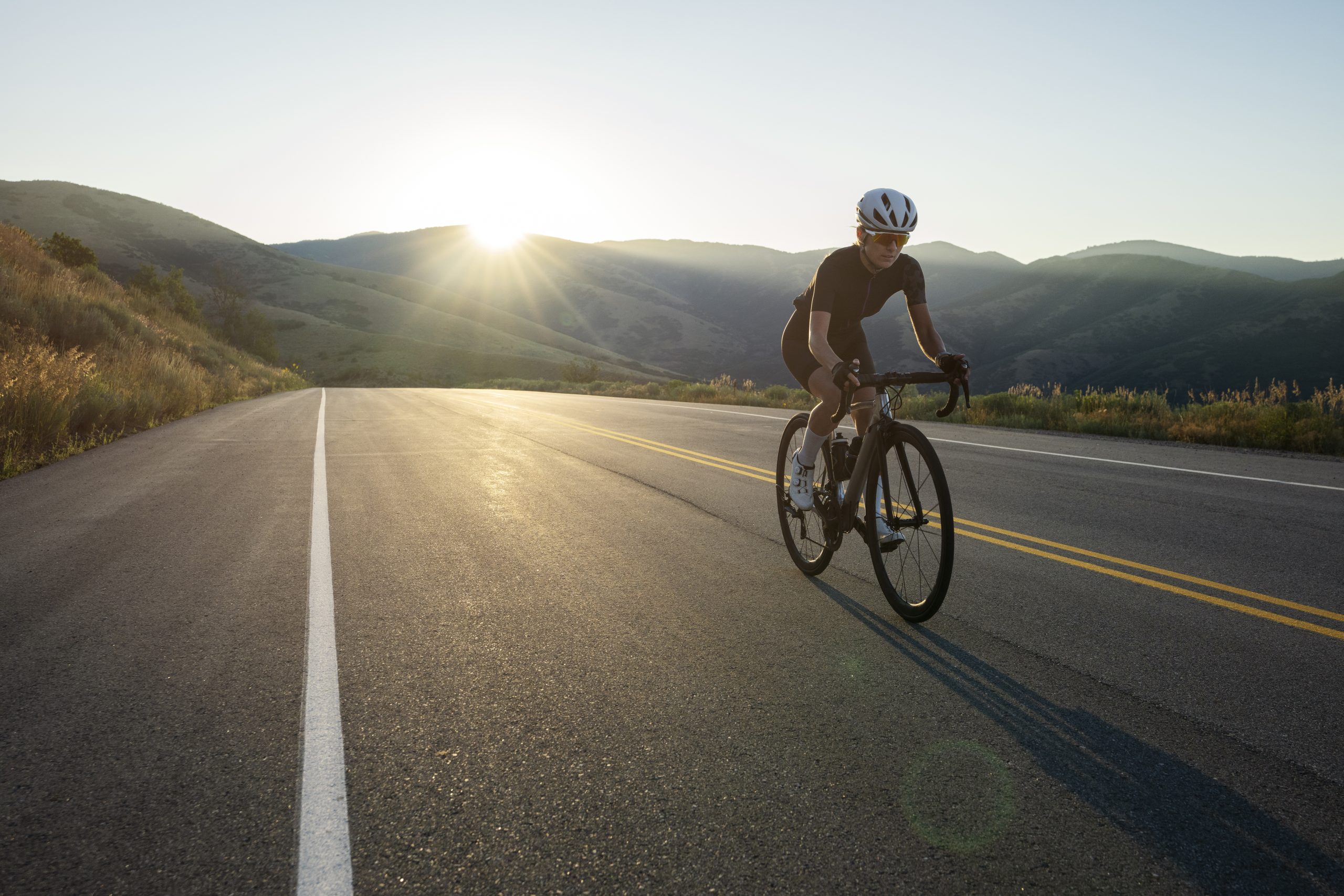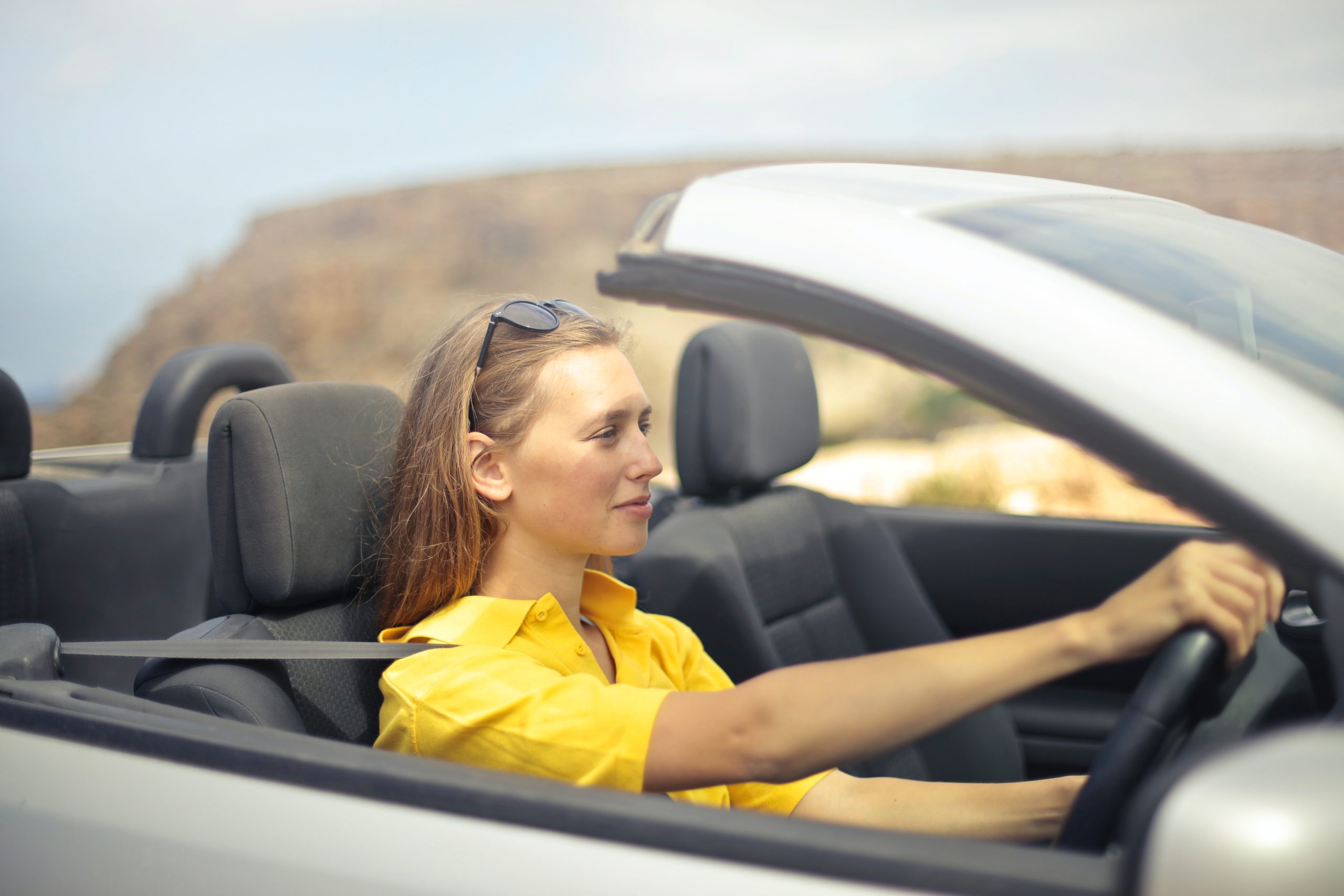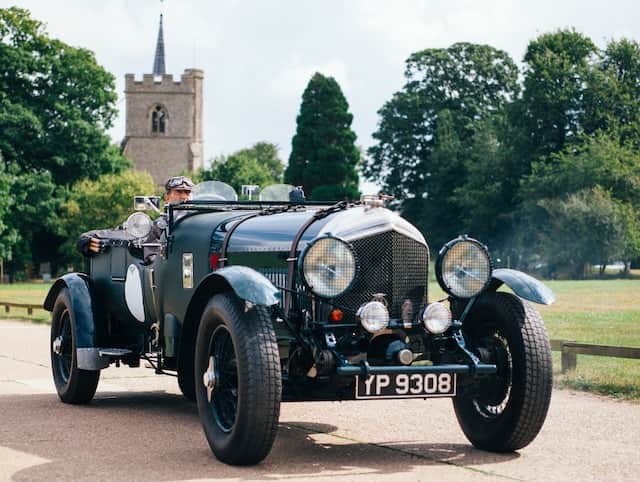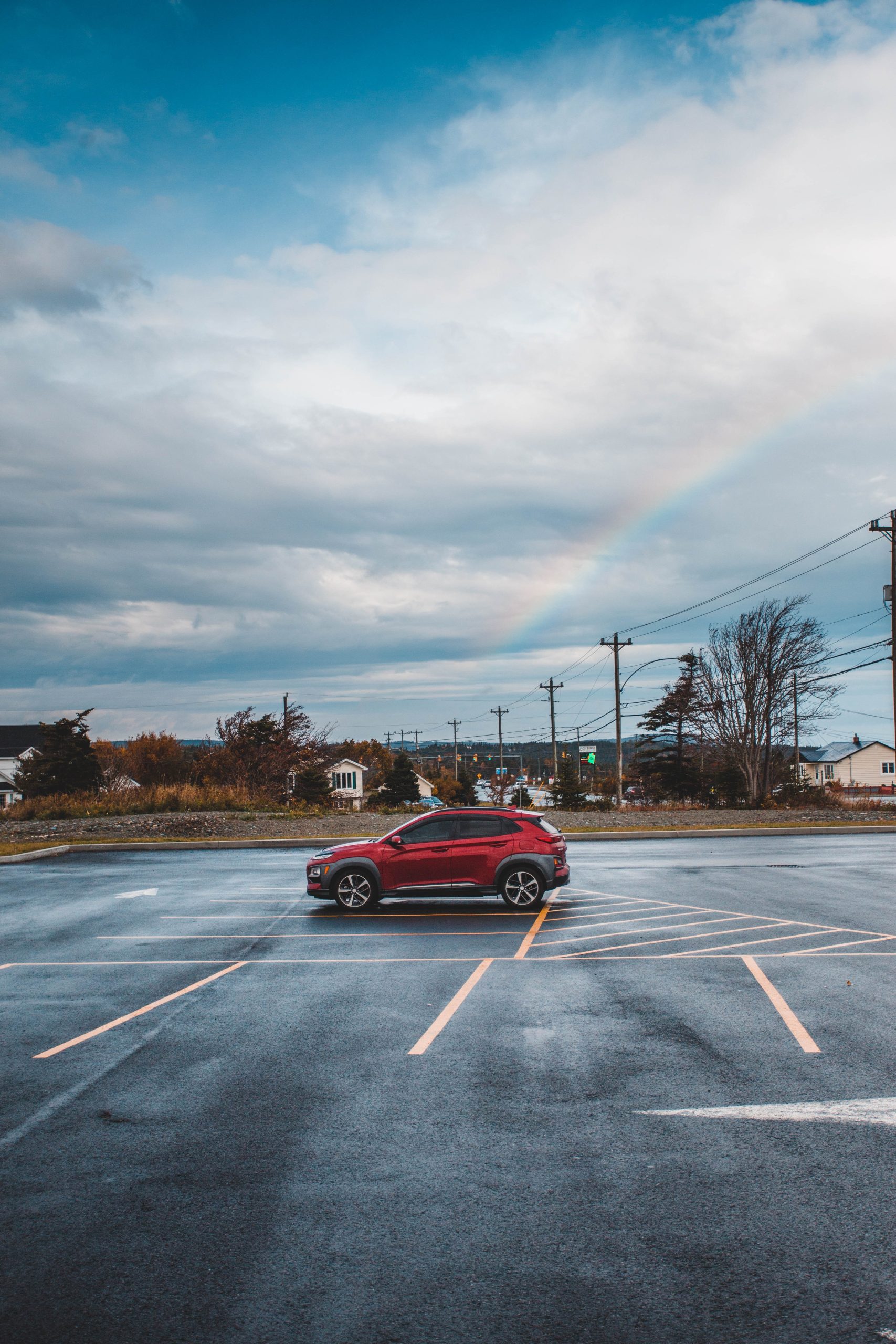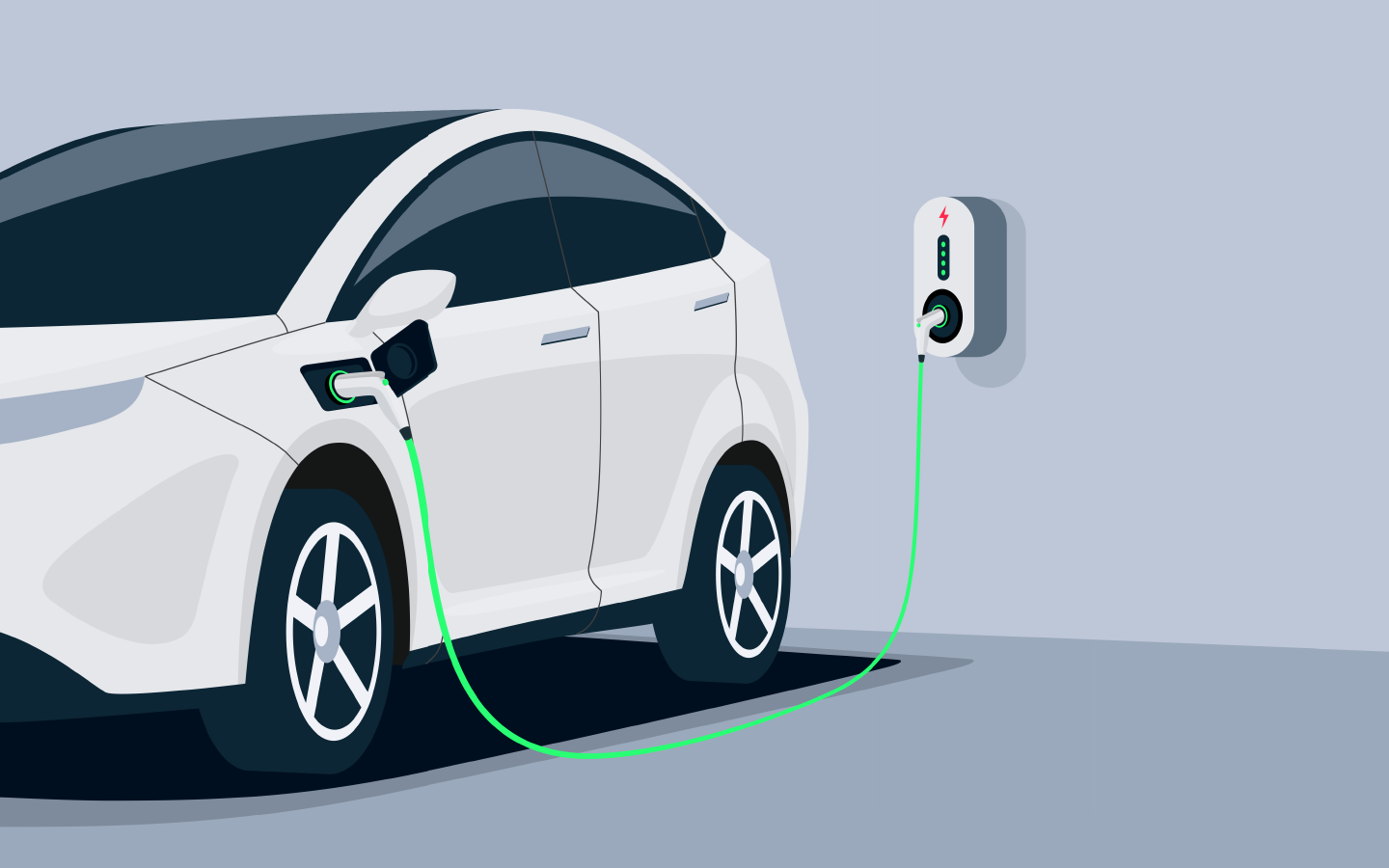American roads appear to be a hotbed of never-ending roadwars between cyclists and drivers, often shared with the masses on the likes of YouTube or other social media sites thanks to the innovation of dash-cam and helmet cameras.
As with most situations, it is fair to say that there are two sides to the argument. While drivers accuse cyclists of running red lights, weaving through traffic and riding the wrong way down one-way streets, cyclists frequently direct their anger at drivers who use their cellphones, drive too close or open a door without checking behind them.
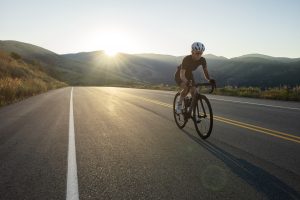
Law firm Bisnar Chase commissioned a survey
When compared across America it was those in the Granite State who said their relationship with drivers was the worst, scoring a woeful 4.7 out of 10. In comparison, the roads are most harmonious in Vermont, where cyclists say their relationship with drivers is an impressive 8 out of 10.
The Top 10 Worst Cyclists/Drivers Relationships (out of 10):
- New Hampshire (4.7)
- Kansas (4.8)
- South Carolina (5.1)
- Oklahoma (5.2)
- Colorado (5.4)
- New Mexico (5.5)
- Nebraska (5.6)
- Maine (5.7)
- Arkansas (5.8)
- Tennessee (5.8)
A full breakdown of the relationships across cyclists and drivers in each state is available to view here.
Perhaps there are valid reasons for the lower scored relationships, as the survey, which was carried out by QuestionPro, revealed that over 1 in 10 drivers never check behind them before opening their doors, for example.
And regarding road rage, a significant number of road users admitted to being at fault – 28% of drivers acknowledged getting angry with a cyclist while on the road. On the other hand, over half of cyclists (52%) say they had seen red on the roads!
Despite occasional incidents of road rage, the survey suggests that drivers and cyclists generally have a shared desire to coexist peacefully on Michigan’s roads. The survey found that 75% of drivers empathize with the frustrations that cyclists may experience on the roads, such as being overtaken too closely or encountering sudden stops from cars that don’t seem to notice them. Similarly, 81% of cyclists reported empathizing with the frustrations of drivers on the road when encountering a cyclist.
Bicycle accidents can occur due to a variety of reasons, resulting in severe injuries or fatalities for riders. One of the best ways to avoid accidents is to ride defensively by keeping a safe distance from vehicles, avoiding blind spots, and never assuming that drivers can see you. It is also important to make drivers aware of your intentions by using hand signals when turning and making eye contact before entering an intersection.
Increasing your visibility is also key to preventing accidents. Wearing bright clothing, installing reflectors on your bike, using a white lamp on the front of your bike, and turning on a flashing light on your rear seat are all ways to increase your visibility. Additionally, always wear your helmet to protect yourself from head injuries that are common in bicycle accidents.
Bisnar Chase provided some tips on how cyclists and motorists can co-exist peacefully on the roads:
1. Practice mutual respect: Cyclists and drivers should respect each other’s right to be on the road and follow the rules of the road.
2. Be aware of blind spots: Drivers should be aware of their vehicle’s blind spots and check them before making a turn or changing lanes. Cyclists should avoid riding in these areas whenever possible.
3. Use hand signals: Cyclists should use hand signals to indicate their intended movements, such as turning or stopping. This helps drivers anticipate their actions and avoid collisions.
4. Keep a safe distance: Drivers should maintain a safe distance when passing cyclists, ideally leaving at least three feet of space. Cyclists should also keep a safe distance from cars to avoid collisions.
5. Avoid distractions: Both cyclists and drivers should avoid distractions, such as texting or listening to loud music, while on the road.
6. Be patient: Cyclists and drivers should exercise patience and avoid aggressive behaviors, such as honking or yelling. Slow down and wait for a safe opportunity to pass or turn.
What to do if you are in a bicycle accident?
According to Bisnar Chase, if you or someone you love has suffered injuries in a bicycle accident, you may be eligible to receive financial compensation for your losses. In order to hold the responsible party accountable, it’s necessary to establish that their negligence played a role in the accident. This could include actions such as speeding, distracted driving, driving under the influence, fatigue, or other forms of recklessness.
To determine liability and prove fault, there are various methods that can be employed. These may include seeking out eyewitness testimony, reviewing surveillance footage, checking for any citations or arrests made by law enforcement, and taking photographs of the crash scene and any damage to the bike.
It’s important to note that in some cases, additional parties may be held accountable for the accident. For instance, if the accident was caused by a defective or hazardous roadway, the governmental agency or city responsible for maintaining the road could also be held liable.
“It is important for cyclists and car drivers to have a good relationship on the roads because it can enhance safety and improve the overall experience of sharing the road. When both parties are respectful of each other’s presence and follow the rules of the road, accidents and conflicts can be minimized.” says Brian Chase of Bisnar Chase. “Additionally, fostering a positive relationship can promote a culture of mutual understanding and shared responsibility, which can benefit everyone on the road. Ultimately, by working together and showing consideration for each other, cyclists and car drivers can create a more harmonious and efficient transportation system.”

